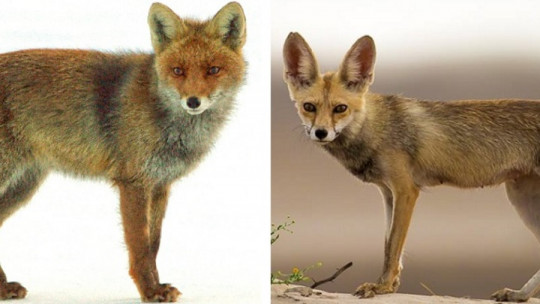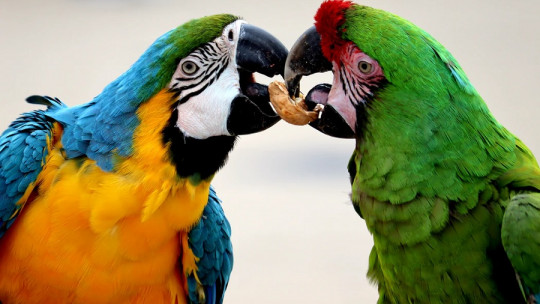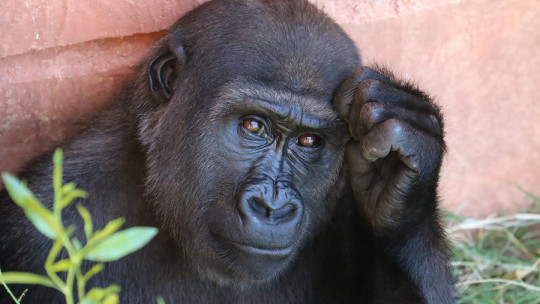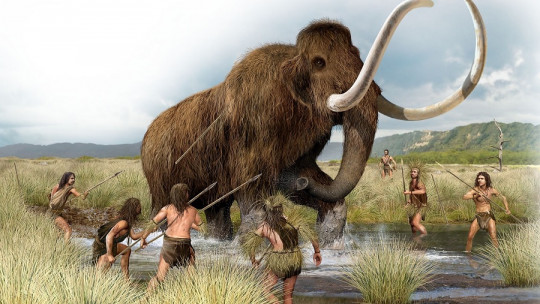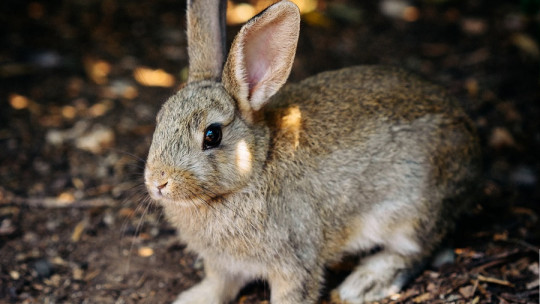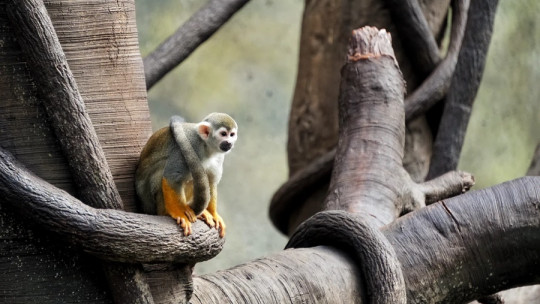
To this day, scientists theorize that There are an average of 7.77 million animal species in the world, of which 953,434 have already been cataloged From both a theoretical and practical point of view, there must be a certain order between each of the members included in these figures, since the physical space on Earth is finite.
Ecology is responsible for discovering this “invisible” order to the human eye, a branch of biology that focuses its effort and interest on the relationships of living beings among themselves and with their environment. From the prey-hunter relationship to the effects of climatic variables on organisms, this branch of science leaves no question in nature to chance.
Today we come to show you a term that is as exciting as it is abstract, which is key to understanding ecology as a scientific discipline: the ecological niche We assure you that, after reading these lines, you will never see a walk through the countryside in the same way as before.
What is an ecological niche?
This abstract concept has undergone many conceptual modifications since it was coined at the beginning of the 20th century. Although many of its meanings are valid, in general the ecological niche can be defined as follows: “a multidimensional hypervolume that includes all the biotic and abiotic factors with which the organism is related.”
To present the term in a more friendly way to the reader, although we may be reductive, it can also be generalized by saying that the niche is the range of environmental, physical and biotic conditions (conditioned by living beings) in which a species, or rather a population, can develop and persist over time successfully. The description of an ecological niche tries to explain, taking into account many variables, the reasons for the adaptations of living beings to their environment and their viability in the short and long term.
Although we are dealing with a rather abstract term, various scientific publications have established certain bases regarding it. We show you some of them in the following list:
So, the niche allows us to directly relate geographic space through the notion of an abstract multidimensional space composed of “n variables”, where a species develops or potentially could do so. We know, this whole conglomerate is a bit complex to understand, but in the following lines we assure you that everything will be clearer.
What is referred to by this term in Biology?
Intertwined with natural selection, the concept of niche allows us to postulate a clear but irrefutable reality, at least in a theoretical framework: Two species competing for the same resources cannot coexist locally unless they occupy different niches Therefore, ecologically identical species cannot coexist in the same ecosystem, since one of them will end up being displaced or suffering extinction. Let’s give a completely fictitious but functional example:
If we understand a resource such as food in a region along the X axis of a graph, each of the “curves” drawn will represent the exploitation of that resource by a given species. Animals are “interested” in having the greatest possible distance between the curves of different species, because if these overlap, intense competition occurs which, in the long term, benefits no one.
Let’s think, for example, of insectivorous birds and bats in a region. They are both flyers, small in size and have the same diet: if both species coexisted in the same time space, the “resource exploitation curves” or their niches would become dangerously close, right? Therefore, the solution may be to favor the reproduction of nocturnal individuals in bat populations through natural selection.
Thus, bats would begin to exploit a nocturnal niche throughout their evolutionary history, with all the particularities and adaptations that this requires. While birds sleep, these winged mammals can develop so, despite having similar needs, both species avoid overlap. We do not want to say that this example is real, but it is certainly a “textbook” case that allows us to easily understand what an ecological niche is.
Types of ecological niche
Once the term has become clear to us, we must also point out that there are two main types of ecological niche: the realized one and the fundamental one.
The realized niche specifies the geographic range based on the variables already described that allows a population to develop at a practical level, that is, the place where a population of a species actually lives at the moment. Although it seems that we are limiting the term to a “place”, this is not the case: we are still talking about an abstract term that does not refer to a fixed position.
On the other hand, The fundamental niche explores the places that a species could occupy in the absence of other competing species Thus, a fundamental niche becomes a realized niche when we take into account predator-prey interactions, disease, parasitism or competition for resources between living beings. Perhaps a fish could live in the upper part of a river according to its biological adaptations, but a piscivorous species may develop there that has been evolving and successfully exploiting its niche for thousands of years.
Meanings of this term
Again, we want to emphasize that the concept of niche does not refer solely to a physical place, however tempting it may seem to treat it indistinguishably from a habitat. Below, we present a series of meanings based on the niche that must be taken into account:
Of course, the third meaning is the most accepted today. We are before a combination of physical location and role since both climatic conditions and the food chain and other relationships with living beings are equally important when predicting or knowing the distribution area of the population of a species.
Criticisms of this construct
Searching for a scientific current or an idea exempt from criticism in the research community is a true chimera. The ecological niche could not be different, since almost no postulation is untouchable today.
The difficulty of quantifying an exact ecological niche lies in the fact that, for each variable, Ideally, how each of them affects the population growth rate must be recorded For example, if a species survives at As you can imagine, this is practically impossible.
Even so, we want to make it clear that the operational difficulty in measuring a parameter does not negate the value of its estimate in any way. As is often said in the scientific community, in many cases It is better to approximate than to know nothing, and sometimes recording uncertainty or stating negatives is as important as any other discovery
Summary
As you may have seen in these lines, the ecological niche is a complex, abstract term with multiple meanings. If we want something to be clear after reading this space, it is the following: the niche is the set of all the parameters that you can think of that make a population present in a specific place and not in another. That complex, that simple.
The next time you walk through the countryside, ask yourself why that pretty bird flies higher than another or why one insect lives on leaves and another under stones. Each living being occupies its space and specializes in it: the key to the organization of life in nature lies in niches.




